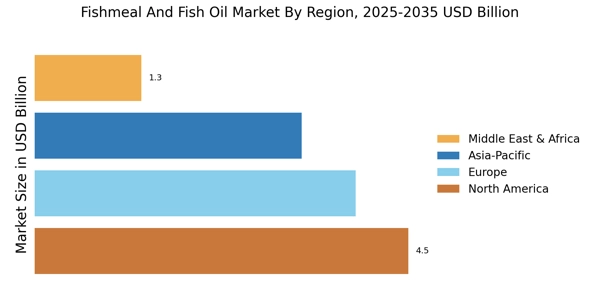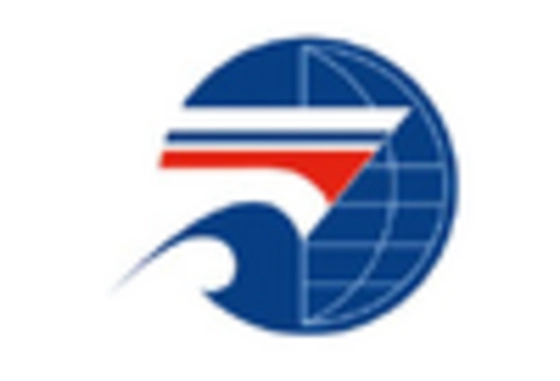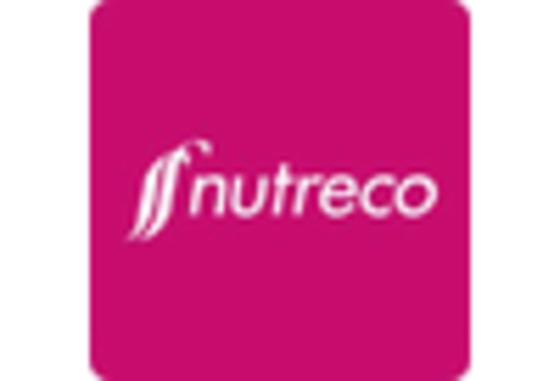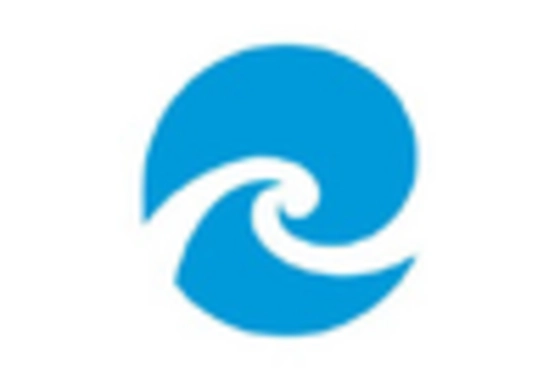Rising Demand for Aquaculture Feed
The Fishmeal And Fish Oil Market is experiencing a notable surge in demand for aquaculture feed, driven by the increasing global consumption of seafood. As aquaculture continues to expand, fishmeal and fish oil serve as essential components in fish feed formulations, providing high-quality protein and omega-3 fatty acids. Recent data indicates that aquaculture production has reached approximately 114 million metric tons, highlighting the industry's growth potential. This trend suggests that the Fishmeal And Fish Oil Market will likely benefit from the rising need for sustainable and nutritious feed options, as aquaculture operations seek to enhance their productivity and meet consumer preferences for healthy seafood.
Health Benefits of Omega-3 Fatty Acids
The Fishmeal And Fish Oil Market is significantly influenced by the growing awareness of the health benefits associated with omega-3 fatty acids. These essential nutrients, primarily found in fish oil, are linked to various health advantages, including cardiovascular health, cognitive function, and anti-inflammatory properties. As consumers increasingly prioritize health and wellness, the demand for omega-3-rich products is expected to rise. Market data suggests that the global omega-3 market is projected to reach USD 57 billion by 2025, indicating a robust growth trajectory. This trend underscores the potential for the Fishmeal And Fish Oil Market to capitalize on the increasing consumer inclination towards health-oriented dietary supplements and functional foods.
Technological Innovations in Production
The Fishmeal And Fish Oil Market is benefiting from technological innovations that enhance production efficiency and product quality. Advances in processing techniques, such as enzymatic hydrolysis and improved extraction methods, are enabling manufacturers to optimize yields and reduce waste. These innovations not only contribute to cost-effectiveness but also align with the industry's sustainability objectives. Recent studies indicate that the adoption of such technologies could potentially increase fishmeal production by 20% over the next five years. This trend suggests that the Fishmeal And Fish Oil Market is poised for growth as companies leverage technology to meet rising demand while adhering to environmental standards.
Expanding Applications in Animal Nutrition
The Fishmeal And Fish Oil Market is witnessing an expansion of applications in animal nutrition beyond aquaculture. The increasing incorporation of fishmeal and fish oil in livestock feed formulations, particularly in poultry and swine production, is driving market growth. These ingredients are recognized for their high digestibility and nutritional value, which can enhance animal health and growth performance. Market analysis indicates that the inclusion of fishmeal in livestock diets can improve feed conversion ratios by up to 10%. This trend highlights the potential for the Fishmeal And Fish Oil Market to diversify its customer base and capitalize on the growing demand for high-quality animal feed.
Sustainability and Environmental Regulations
The Fishmeal And Fish Oil Market is navigating a landscape shaped by heightened sustainability and environmental regulations. As concerns regarding overfishing and marine ecosystem degradation intensify, regulatory bodies are implementing stricter guidelines to ensure sustainable fishing practices. This shift compels fishmeal and fish oil producers to adopt more responsible sourcing methods, which may enhance their market appeal. Furthermore, the industry is witnessing a growing trend towards the use of alternative Fish Protein sources, such as plant-based ingredients, to complement traditional fishmeal. This evolution suggests that the Fishmeal And Fish Oil Market must adapt to these regulatory pressures while exploring innovative solutions to meet sustainability goals.


















Leave a Comment